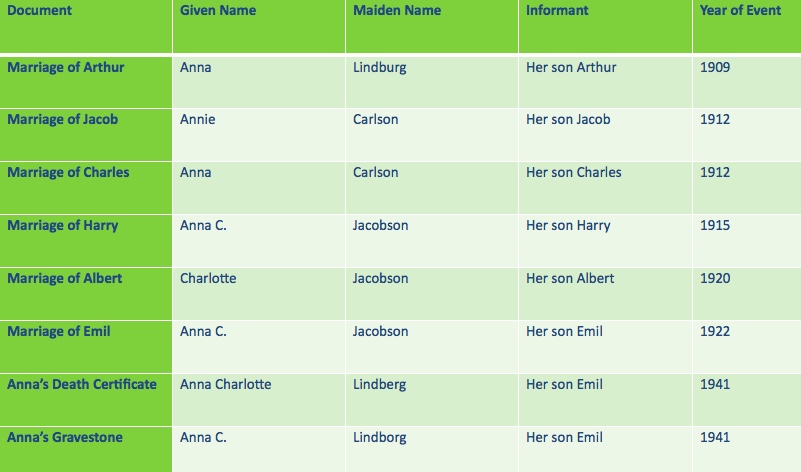SpringBoard, an official blogger for the 2016 National Genealogical Society (NGS) Family History Conference, is pleased to offer a review of this BCG Skillbuilding lecture, presented 5 May 2016.
T201, Barbara Jean Mathews, CG, “Evidence: Let’s Get All Sherlock”
Reviewed by Angela McGhie, CG
Barbara Mathews began her presentation by posing the question, “How do we know if we have proof?” When working with research questions and records in genealogy, we can’t hold the proof in our hands or photograph it, so how do we know if we are coming to the right conclusions? She then shared a simple example. Barbara had a death record, and she searched for other records that may be in agreement with it to provide support for her hypothesis. One by one she discussed the documents she found, describing each one’s characteristics and evaluating their reliability. It seemed natural to look at the details of each record.
From this introduction Barbara made a comfortable transition to the terminology for evaluating evidence. She described and gave examples of the different types of sources (original, derivative and authored narratives). She continued with examples of information (primary, secondary and indeterminable) located in the records, and then finished with the types of evidence (direct, indirect and negative). Barbara related each of these concepts to the actual records and research question in her example, so the terminology was understandable and not intimidating at all.
To further illustrate the concepts and terminology, Barbara shared a second example, this one about Charles and Anna Anderson. She thought the marriage records of Anna’s children might help find Anna’s maiden name. However the six marriage records provided three different maiden names, confusing the situation. Barbara created this chart showing the information from the marriage records and two records created at the time of Anna’s death. This conflicting information actually helped her locate the correct information. Through thorough research and understanding Scandinavian naming patterns, she was able to explain the differences in the maiden names and show that there was truth in each record.
Barbara’s two examples teach effectively how to evaluate records for reliability. She successfully demonstrated how to analyze each record, and she made the evidence evaluation terminology seem logical. To hear the details of the Barbara’s examples about coming to the right conclusions you can order the recording from PlaybackNow.
A recording of this lecture may be previewed and ordered from PlaybackNow.
The words Certified Genealogist are a registered certification mark, and the designations CG, CGL, and Certified Genealogical Lecturer are service marks of the Board for Certification of Genealogists®, used under license by board certificants after periodic evaluation.



